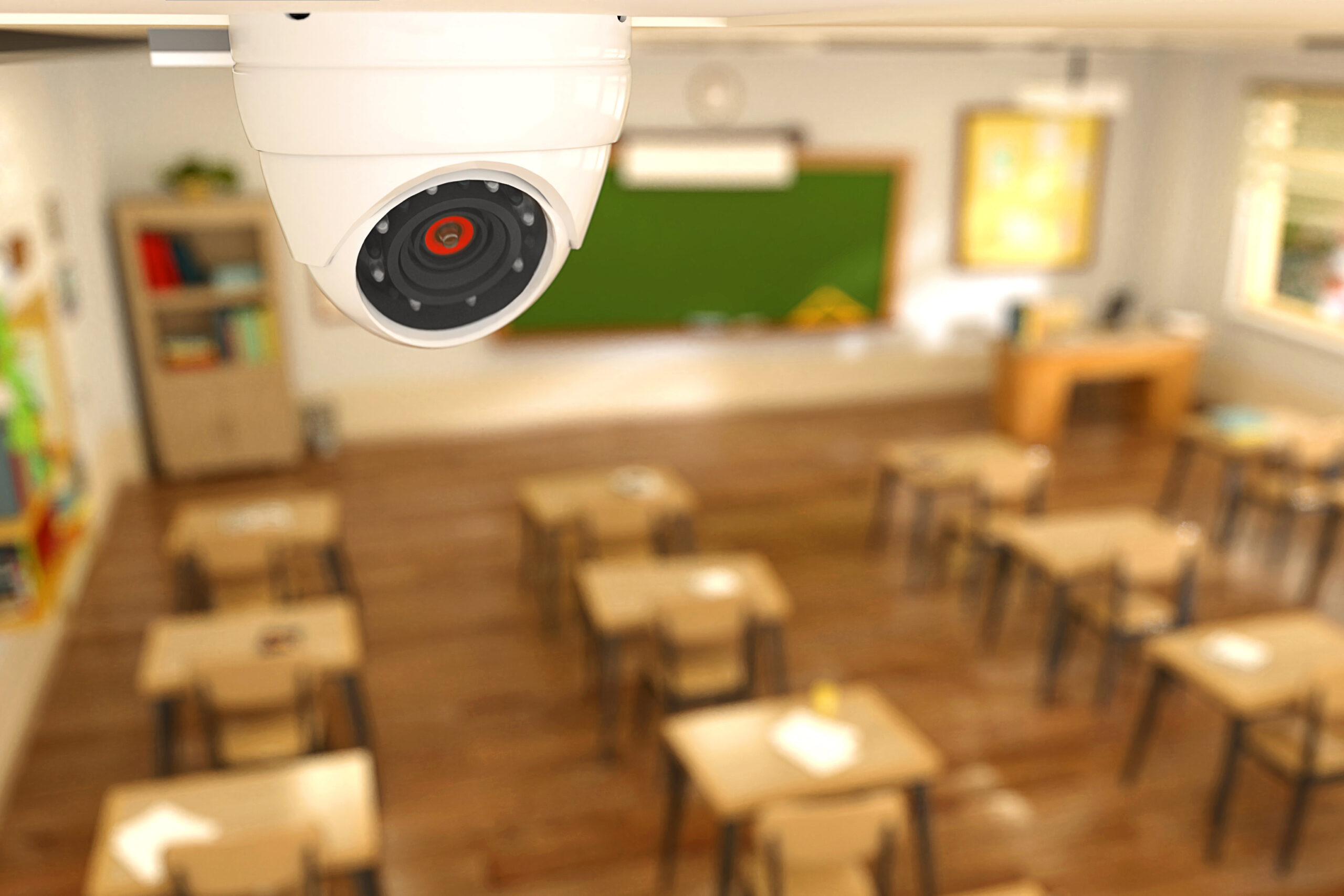The explosive growth in toxic mold damage claims in the past decade has led to an almost universal exclusion of mold-related claims in commercial property and general liability policies. To close this gap, consider a customized environmental insurance policy, which specifically addresses mold as a covered cause of loss.
Transferring Risk
For those in the building industry, a contractor’s pollution liability (CPL) policy is specifically adapted to address mold as a pollutant. CPL insurance was originally developed in the 1980s for hazardous waste firms before mold was a pollutant of concern. Today, CPL is commonly purchased by those performing environmental and mold remediation work, but any contractor that constructs or works in buildings occupied by people should have a modified CPL endorsement to cover its mold-loss exposure.
According to environmental risk management experts, there are over 100 different manuscript environmental insurance policies available, and most can be adapted to cover toxic mold exposure. With so much to consider, INSURICA can assist you in designing a policy that meets your business-specific needs.
Contract Provisions
Anyone entering into a real estate, construction or other kind of contract concerning real property should consider whether or not the risk of future mold claims and remediation should be allocated by contract and, if so, how. For instance, construction contracts and real estate leases may include indemnity language specifically intended to:
- Allocate liability for mold-related personal injury claims;
- Include representations and/or warranties concerning absence of mold; and
- Name the party(s) responsible for identifying and remediating mold.
If you are entering into a contract, be sure to read the contract language carefully to gain a clear understanding of your portion of the liability.
Managing Exposures
In addition to transferring risk through insurance and contracts, INSURICA has the resources to help you develop protocols to identify, prevent and remediate mold. If there is an established standard operating procedure for prevention of mold and water intrusion, underwriters will weigh that favorably. We can provide information to help you to:
- Determine if a mold problem exists
- Establish prevention methods
- Correct the problem through remediation
The environmental insurance market is constantly changing to meet the needs of the marketplace. We are committed to developing solid relationships with top-rated carriers who are experienced in environmental liability coverages. Contact us today to learn more about how our expertise can benefit you.
This article is not intended to be exhaustive nor should any discussion or opinions be construed as legal advice. Readers should contact legal counsel or an insurance professional for appropriate advice. © 2007-2010 Zywave, Inc. All rights reserved.
About the Author
Share This Story
Related Blogs
Enhancing School Security: Practical Strategies for Safer Campuses
Enhancing school security is one of the most pressing responsibilities for education leaders today. As school campuses evolve, so too must the systems that protect them. For administrators, safety professionals, and district decision-makers, creating a secure learning environment means taking a proactive, layered approach that includes physical security, training, technology, and community involvement.
5 Common Cybersecurity Mistakes and How to Avoid Them
All organizations, regardless of their size or industry, are at risk of being targeted by cybercriminals. These malicious actors can conduct cyberattacks, leading to significant financial, operational and reputational damage that can be difficult or impossible to recover from. Fortunately, solid cyber hygiene practices can reduce the likelihood of data breaches and other cyber incidents from occurring, and many of these practices are relatively low-cost and easy to implement.
Insurance Coverage Basics For Boatowners
A small boat, such as a canoe or other un-motorized boat, is typically covered under the personal property portion of your homeowners insurance policy. If you own a larger, faster boat, you'll need a separate boatowners insurance policy. A typical boatowners insurance policy is designed to protect your boat, motor, equipment, and passengers. It affords similar coverages to those you typically have for your car including:








